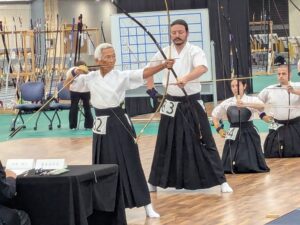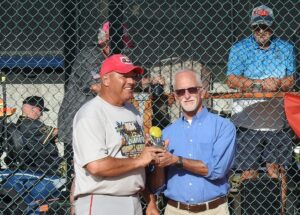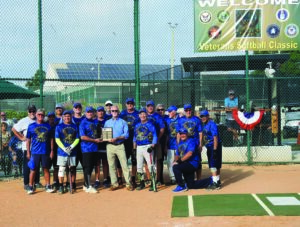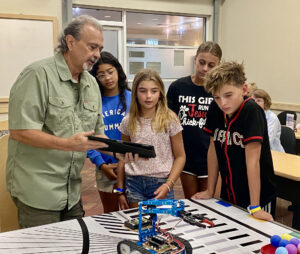The Spring Fly-In is just days away! Saturday, April 5 from 9 a.m. to 1 p.m. to be exact. The models on display and flying are always great to observe; coffee and donuts will be followed by lunch from the famous R/C Flyers grill.
A World War I and II ‘gaggle’ is planned. A gaggle is when a bunch of planes from the same era fly together. The World War I planes fly slower, and it is easier to see them close together during a fly-by, but the World War II planes are impressive.
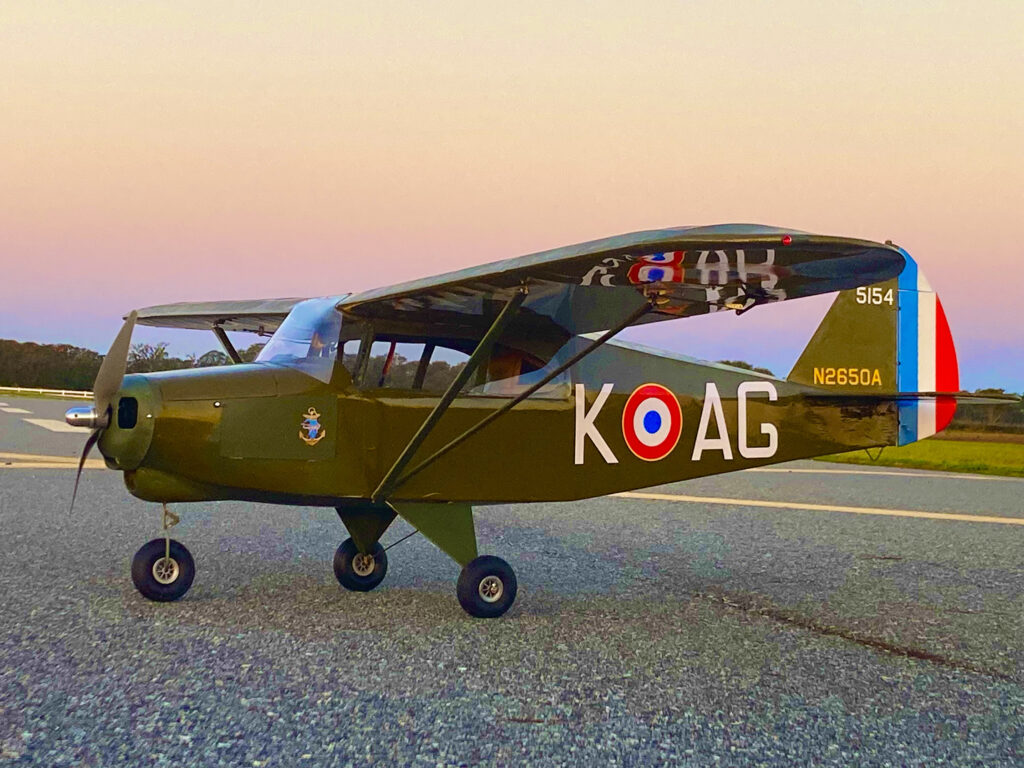
This writer needs to know a real-life subject when starting a new kit. The chance to buy an antique Sterling Kit of the Piper Tri-Pacer (PA-22) presented a challenge. On top of that, a warbird was needed for a future warbird fly-in. Some research found KAG, the fighting Tri-Pacer. The following ‘facts’ were taken from articles documenting the restoration of N2650A by owner/pilot Doug Kulick as an exact duplicate of the French Marine Corps aircraft of the squadron “KAG.”
It is interesting to learn that five armies used the Tri-Pacer. Israel, South Africa, Kenya, Cuba, and France obtained Tri-Pacers in civilian livery and then militarized them. Twelve Tri-Pacers were flown by the French Marine Corps crews within the North African area of operations during France’s Algerian War to preserve their colonial world from November 1, 1954, to March 19, 1962.
The French Marine Corps preferred the Tri-Pacer for its high wing, which protected the pilot and crew from the African desert and mountain sun. KAG was a FAC (forward air control) supporting the French Foreign Legion, calling in artillery and fast-moving bombing aircraft. M-18 smoke and frag grenades in mason jars were rumored to be dropped on targets of opportunity. In addition, the pilot and crew had 30 Cal. Carbines and Browning machine guns. The Fighting Tri-Pacers suffered only one loss when the wind collapsed its hanger.
This kit was a free-flight model designed for rudder only using a single channel rubber band escapement – really old school. The redesign included reducing the dihedral to prototype specifications, designing provisions for the ailerons and fully functioning tail feathers, steerable nose wheel requiring a separate servo, and the provisions for the installation of the electric motor, ESC, and battery compartment as well as access to the radio equipment. The maiden mission will happen as soon as the wind and nerve allow.
The model is covered with olive drab Monokote but will be weathered to resemble a plane operating in the desert sand and sun. The graphics are from Callie Graphics.
Don’t forget the Spring Fly-In on Saturday, April 5!
